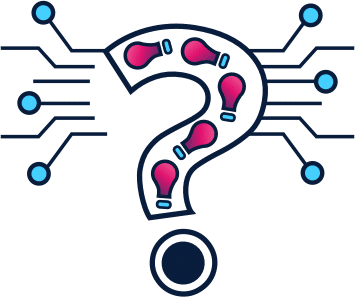Machine Learning Algorithms
Machine Learning Algorithms
Machine Learning Algorithms
The term machine learning, according to Experts System was devised by Arthur Samuel, a scientist in 1959 who defined it as a computer’s ability to learn without constant explicit programming from programmers. Others have gone ahead and defined it as an application of artificial intelligence (AI) that provides systems with the ability to automatically learn and improve from experience without being explicitly programmed. It primarily focuses on the development of computer programs that independently access and use data.
As these computer systems are learning, there are four types of machine learning algorithms implemented; supervised, semi-supervised, unsupervised, and reinforcement algorithms.
- Supervised machine learning algorithms
This method of learning teaches the machines through the use of examples or training datasets. The supervised learning systems are exposed to copious amounts of labeled data like images of handwritten figures annotated to indicate which number they correspond to. After being exposed to sufficient examples, the supervised learning system will begin to recognize the images and be able to distinguish them.
After sufficient training, the system will be able to provide targets or predictions for any new input.
Under supervised machine learning algorithms, there is:
- Classification: Learning machines are tasked to draw conclusions from observed information in order identify what category the data set falls in.
- Regression: Learning machine programs are tasked with estimating and understanding relationships between variables.
- Forecasting: This stage entails the prediction making process based on past and present data.
- Semi-supervised machine learning algorithms
This form of machine learning uses a combination of supervised and unsupervised learning. This technique uses small quantities of labeled data and a bigger amount of unlabeled data. The labeled data is used to partially train a machine-learning model, and then that partially trained model is used to label the unlabeled data, a process called pseudo-labeling. The labeled data has meaningful tags that help the algorithms to understand the data. Unlabeled data, on the other, hand lacks meaningful tags.

- Unsupervised machine learning algorithms
Unsupervised machine learning uses datasets that are neither labeled nor classified. The system is tasked with identifying patterns in chunks of data by recognizing similarities and grouping the data into categories.
Under unsupervised machine learning algorithms, there is:
- Clustering: This involves grouping similar data into sets based on highlighted criteria.
- Dimension reduction: This aspect of unsupervised learning algorithms reduces the number of variables that are used to extract necessary information.
- Reinforcement machine learning algorithms
This method of learning takes the form of trial and error learning. The system interacts with its environment and produces actions that either discovers errors or rewards. This method allows machines and software agents to automatically determine the ideal behavior within a specific context in order to maximize its performance.
Choosing Machine Learning Algorithms
The process of choosing the right algorithm is a combination of identifying business needs, specification, experimentation and time available. When choosing a machine learning algorithm, you need to consider the following factors:
- Data size, quality, and diversity
- Training time
- Data points
- Data parameters
Some of the best machines learning algorithms in the market are Decision Trees Algorithm, Naïve Bayes Classifier Algorithm, Support Vector Machine Algorithm, and Linear Regression.
Machine learning algorithms help to analyze large quantities of data by delivering faster and more accurate results for companies.


